
Gardening is a happy mix of simple techniques, all of which are designed to help you get the best from your flowers, fruit and vegetables. It’s significant that many are aimed at improving the soil and mulching has to be the most simple, but important of these. Although an ancient technique, mulching has recently come to the fore thanks to the rise in popularity of no-dig gardening, which relies on thick layers of organic matter to improve the soil from the top down.
WHAT IS A MULCH?
A mulch can literally be any material that covers the soil. Good organic mulches will:
Retain moisture
Suppress weeds
Reduce nutrient loss due to rainfall
Add organic matter (humus) to the soil as it breaks down
Add nutrients and trace elements to feed plants and soil flora and fauna
Cool the soil in summer and act as insulation for the roots in the winter
Protect some fruit and veg, e.g. strawberries, from rain splashes and pests such as slugs
As well as organic mulches there are also lots of inorganic ones such as ground cover fabrics made from various materials either recycled or non-recycled, including plastics, gravel and stones. These have many of the properties above, such as encouraging moisture retention but do not add nutrients or organic matter.
COMMON ORGANIC MULCHES
Some mulches can be ‘home-grown’, for example grass clippings, comfrey leaves and garden compost, or recycled such as cardboard – all top-notch materials for this purpose. Others such as composted bark, straw and straw-based mulches and well-rotted manure may have to be brought in and are great for topping up your own home-made supplies.
GRASS CLIPPINGS
This story is from the {{IssueName}} edition of {{MagazineName}}.
Start your 7-day Magzter GOLD free trial to access thousands of curated premium stories, and 9,000+ magazines and newspapers.
Already a subscriber ? Sign In
This story is from the {{IssueName}} edition of {{MagazineName}}.
Start your 7-day Magzter GOLD free trial to access thousands of curated premium stories, and 9,000+ magazines and newspapers.
Already a subscriber? Sign In

SEPTEMBER SPECIALS
This month, with sweetcorn, figs and blackberries on the menu, Anna Cairns Pettigrew is not only serving up something sweet and something savoury, but all things scrumptious
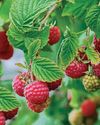
FLAVOURSOME FRUIT AUTUMN RASPBERRIES
September - is it late summer or the start of autumn? David Patch ponders the question and says whatever the season, it's time to harvest autumn raspberries
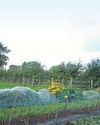
SOW GREEN THIS AUTUMN
Covering the soil with a green manure in winter offers many benefits and this is a good time to sow hardy types, says KG editor Steve Ott

A HISTORICAL HAVEN OF FRUIT AND FLOWERS
KG's Martin Fish takes time out from his own plot to visit a walled garden in Lincolnshire which has been home to the same family for more than 400 years
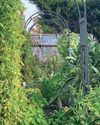
RESTORING THE BALANCE
The phrase regenerative gardening is often heard in gardening circles, but what is it? Can it help you to grow better veg? Ecologist Becky Searle thinks so, and tells us why
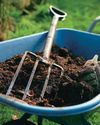
WASTE NOT, WANT NOT
Garden Organic's Anton Rosenfeld shares his expertise on using compost made from green bin collections with handy tips on getting the right consistency and quality
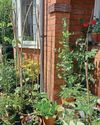
Celebrating Organic September!
In this special section we bring you four great features aimed at improving your crops and allowing nature to thrive
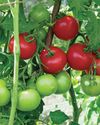
SEEING RED
Do your tomatoes have a habit of remaining stubbornly green? Or perhaps you're lucky to enjoy lots of lovely fruits - just all at once. Either way, Benedict Vanheems is here with some top tips to ripen and process the nation's favourite summer staple
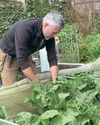
NEW KIDS ON THE BROCCOLI!
Rob Smith is talking broccoli this month with a review of the different types available and suggestions for some exciting new varieties to try
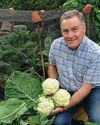
A NEW kitchen garden
Martin Fish is getting down to plenty of picking and planting on the garden veg plot, while Jill is rustling up something pepper-licking good!